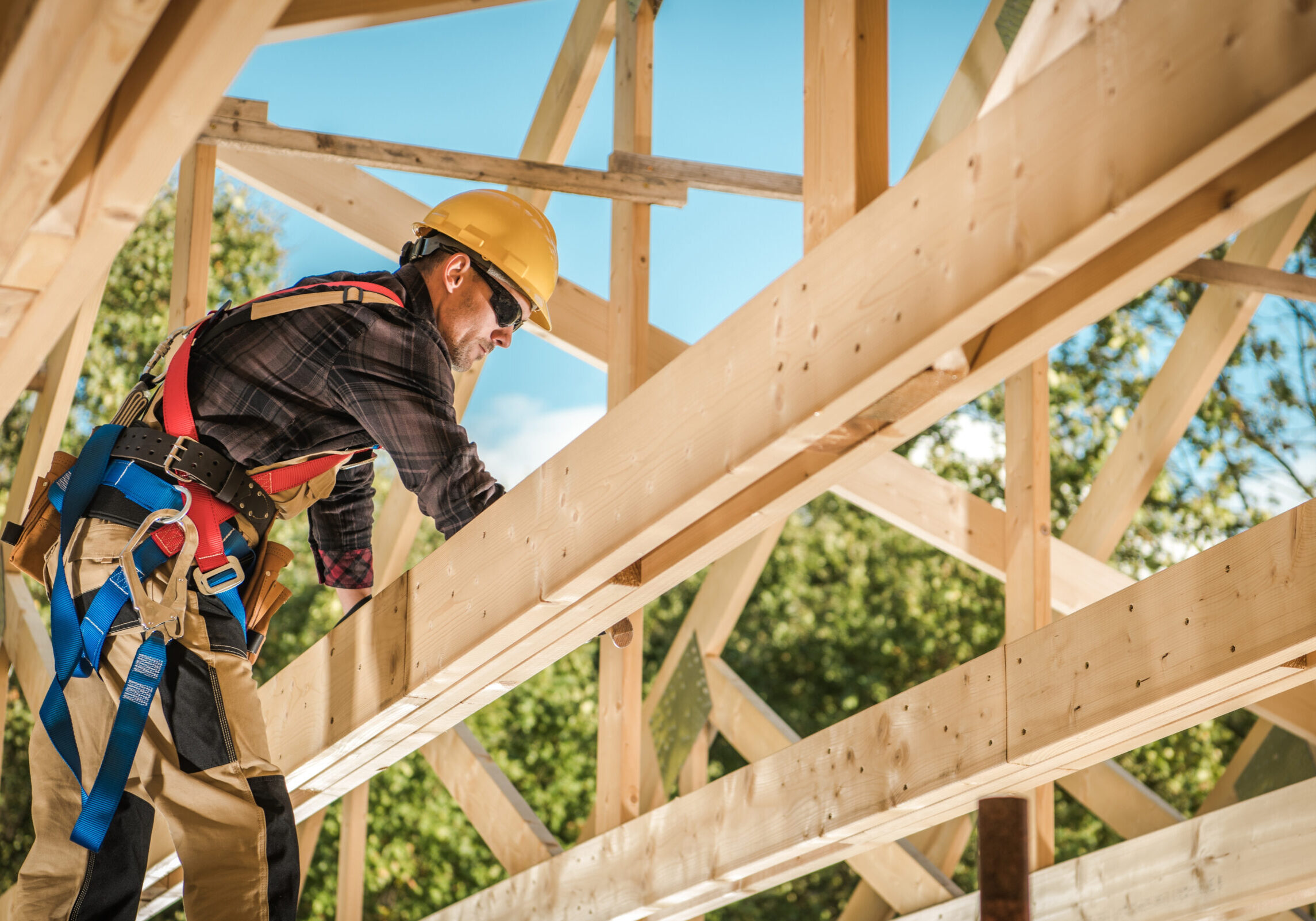4 Top Tips for Converting Home Builders to Your Brand
August 5, 2020

One question we hear a lot from building product manufacturers looking to sell to home builders is how to convert seemingly brand-loyal builders to a different product. While it's easiest to swoop in when there’s an issue or negative experience with another brand, that’s not always how it plays out. So how do you differentiate yourself?
We recently wrote the multi-part series, “HomeSphere’s Exclusive Guide on Selling to Home Builders,” to address questions like this while pulling from our 20 years in the residential construction industry. Today, we’re excerpting a portion of it to bring you some of the top ways to differentiate yourself as a sales rep — particularly for pitches in which the builder hasn’t indicated they’re displeased with their current product usage.
Helping us out is our CEO Glenn Renner and one of our regional market specialists, Kyle Ott, who works in the Florida market.
[1] Start with data
Data’s a big word, but you’re going to need to do some foundational research to know how to approach a builder. Ideally, you should learn:
- How many builders are in my target region?
- Who are those builders?
- How many other brands am I competing with in this region? (Both national and regional)
- How many houses do these builders typically construct?
- What kind of houses are they constructing? Custom? Production? Entry-level or luxury?
- Do my products fit their projects?
- Who are the local suppliers, distributors and installers?
- Who else makes up the subcontractor network?
We know the real world is busy and some of these questions will be easier to answer than others. In fact, you might not get some of the answers until you start a dialogue with a builder, but it doesn’t hurt to try.
[2] Let the home builder pitch to you
Once you’ve targeted a home builder as a good prospect and have a meeting set, it’s time to use advice our Regional Market Specialist Kyle Ott once received: “You have two ears and one mouth. Use that ratio.”
Sit back and let them tell you what solutions they need. Now, you might not receive good answers from the direct question, “So what solutions do you need?” if their immediate response is likely to be, “none, I don’t have any issues with my current product choice.”
But that’s where you need to get creative with consultative selling techniques. In a nutshell, you’ll want to act as an investigative reporter trying to draw out a builder’s pain points by asking open-ended questions that allow the builder to get thoughtful and honest.
For example, one way to understand their values is to ask what drew them to their current brand. You can also identify needs that aren’t currently being met by asking why they agreed to meet with you in the first place. Just make sure your questions are conversational, empathetic and don’t seem canned.
Along the way, you might find that special something about your brand that appeals to the builder.
Not yet a HomeSphere partner?
HomeSphere manufacturer partners have access to the largest community of home builders in the United States.
[3] Sell to the home builder first
What we mean by this is to always remember that the home builder is your customer first and foremost, not the homebuyer. We’ll always stand by our advice to keep the homebuyer in mind as a selling point, particularly if your product appeals to popular trends and must-have features. But at the same time, a good way to differentiate yourself is to provide selling points that speak directly to the home builder.
Examples:
“Did you know our product takes 10 percent less time to install?”
“Our product is available through every distributor in the region, making it easily available.”
“Our product is the same quality as other brands but costs less to install.”
[4] Have a product conversion plan and understand ease of conversion
Want to get our CEO Glenn Renner talking? Ask him about product conversion, and he’ll tell you it’s paramount to have a written plan in place to hand a builder. Because they will want to know the answer to, “What’s my path to conversion?”
Home builders have a lot on their plates, and they might be wary of switching to a manufacturer they perceive to have less resources. In their minds, that translates to missed timelines, faulty products and more.
Creating a conversion plan that shows the steps it’ll take to get the builder on your brand will help put their worries at ease. It’ll also make you look prepared and knowledgeable about the industry.
This last point also gets at the importance of understanding how big your “ask” is as you try to get home builders converted to your brand. If you’ve got a big ask, then there's a chance you’ll have to sweeten the deal. If the ask is relatively small, it should be easier for you to get the builder on your product.
Have any good tips we didn’t include?
Interested in HomeSphere’s Exclusive Guide on Selling to Home Builders?
Our guide pulls from 20 years of expertise in the residential construction industry to help building product manufacturers learn how to effectively engage local and regional home builders. Download the first part now.






